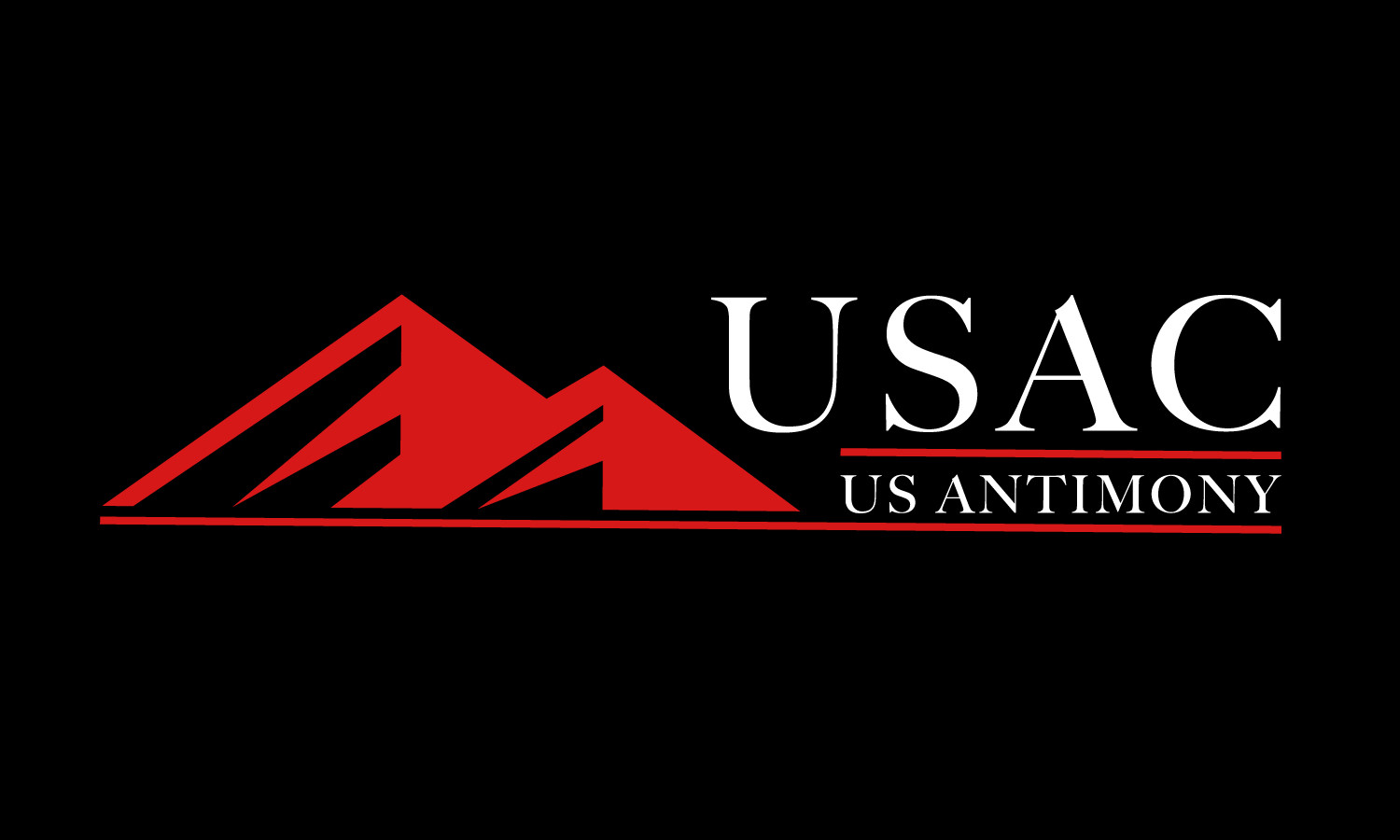
EOS, a leader in industrial Additive Manufacturing (AM), has introduced two new nickel-based superalloy powders to its product range: EOS NickelAlloy IN738 and EOS NickelAlloy K500. These materials are designed for use with EOS’s Laser Beam Powder Bed Fusion (PBF-LB) machines. These machines include the EOS M 290 and EOS M 400-4 models. The new powders will be available for the EOS M 290 family starting in December 2024. They will be available for the EOS M 400-4 in the first half of 2025.
Advanced Materials for Extreme Conditions
EOS IN738 and EOS K500 are designed for industries requiring high-performance, additively manufactured parts. They are ideal for extreme conditions. Hanna Pirkkalainen, Head of Product Management at EOS Metal Materials & Processes, explains that these superalloys enhance EOS’s ability to provide robust solutions. EOS IN738 offers crack-free performance in high-stress and high-temperature environments. EOS K500 combines strength, corrosion resistance, and thermal conductivity. It is perfect for harsh industrial environments. These superalloys solidify EOS’s position as a leading provider of advanced metal materials for industrial 3D printing.
EOS IN738: Ideal for Turbomachinery Applications
EOS IN738 is designed for high-temperature, high-stress applications. These include turbine blades and energy components. The material offers impressive tensile strength of 1,265 MPa and 4.5% elongation. EOS IN738 excels in demanding environments. Traditional superalloys struggle in these conditions. Precision ADM, a Canadian company, used EOS IN738 to produce turbine blades for an energy customer facing supply chain challenges. These turbine blades achieved 110% of the standard running RPM. They also endured temperatures of up to 1,700ºF. This demonstrates EOS IN738’s effectiveness in turbomachinery applications. According to Derek VanDenDreissche, Director of Sales at Precision ADM, EOS IN738 offered superior heat resistance and stress tolerance. It played a crucial role in the project’s success.
EOS K500: Perfect for Space and Maritime Applications
EOS K500 meets the needs of space applications. It is ideal for thrusters and nozzles. It also performs well in chemical processing industries, including pumps and valves. EOS K500 is well-suited for maritime applications. Juha Kotila, Business Development Manager for EOS Metal Materials, explains that EOS K500 combines mechanical strength with thermal conductivity. This balance bridges the gap between nickel superalloys and copper alloys. This combination makes EOS K500 ideal for environments where both strength and heat resistance are essential. These include space and marine industries.
Conclusion: Strengthening EOS’s Footprint in Additive Manufacturing
The introduction of Nickel-Based Superalloy Powders EOS IN738 and EOS K500 enhances EOS’s portfolio of materials for high-performance additive manufacturing. These new alloys are ideal for industries like aerospace, energy, and maritime. These industries demand performance, reliability, and durability. EOS’s ongoing commitment to advancing the AM industry is evident in these innovative materials. They push the boundaries of what’s possible with 3D printing technology.











Leave a Reply
You must be logged in to post a comment.